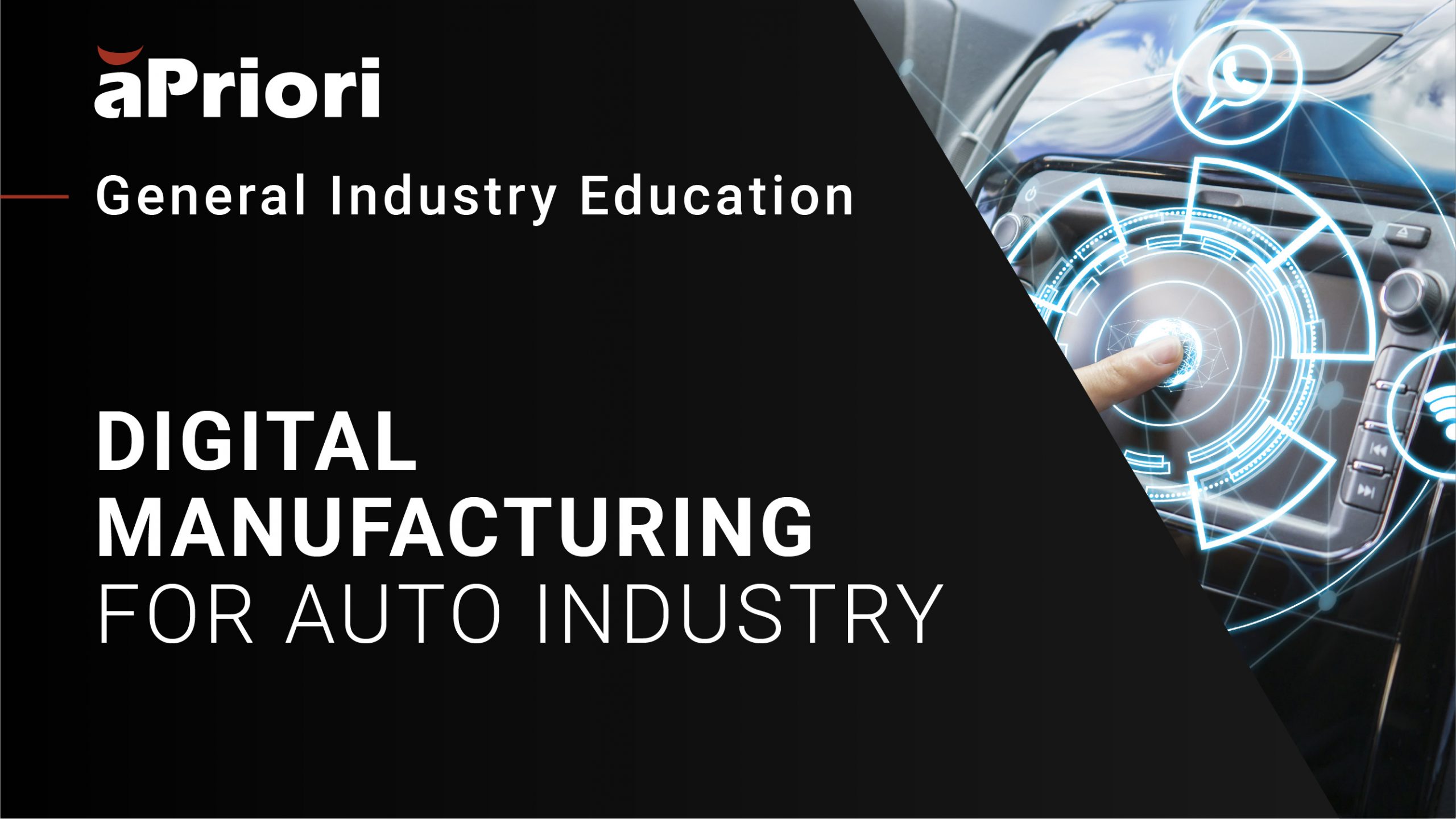Utilizing Digital Manufacturing Technology in the Product Life Cycle
Steve Peck: Continuing on that theme of compressed schedules and really how processes can potentially evolve to take advantage of digital threads and the capabilities that a digital twin solution can provide. There’s opportunities, for sure, in terms of the market share we see as pre-put up with all of the new vehicle entrances coming in. Getting to market first gives automakers a big competitive advantage. However, you still need to be able to ensure that you’re hitting profitability targets and achieving target cost initiatives. Looking at new real-time digital technologies and exploiting them, we love to have materials and production processes. There’s uncertainty and risk associated with them. So, how do you provide the insights to really understand that manufacturing process and the costs associated with it so that you can get the most out of those new technologies that you’re adopting?
Optimization of the Automotive Manufacturing Supply Chain
And going back again to working with the supply chain, looking at, is this going to be made internally or is it going to be outsourced? And establishing those partnerships with transparency with your suppliers—just exactly what Daniel is talking about with the Harman use case and how you can have transparency to make it a win-win on both sides. So, what are the barriers to optimizing this development process from the earliest stages of concept design to getting the vehicle out and delivered to the end user? Well, one bottleneck that we see is inefficient design collaboration in the auto industry. There’s a lot of people and groups within automotive companies involved, and even extending out to the suppliers, lots of iteration and back and forth that there’s opportunity to improve.
Building Trust With Suppliers Through Transparency in the Automotive Sector
Manufacturing issues and having those come up after the fact and trying to scramble to not only process very costly ECOs that, in some cases, $5,000 for an ECO is not unheard of by any means. But in such a compressed time frame, you’re not at liberty to deal with issues that come up and just extend the process. So, being able to address ECOs early on and make sure that you’re hitting cost targets, the time to go back and perform VAVE activities is limited in order to maximize productivity in such a compressed schedule and make sure that those supplier relationships, the struggles that are there in terms of the lack of transparency, and in many cases, we see that “packages” go out to suppliers that are not well-suited for them, are not necessarily going to even potentially be bid on or bid completely on. And it puts undue stress on the suppliers having to respond to those.


